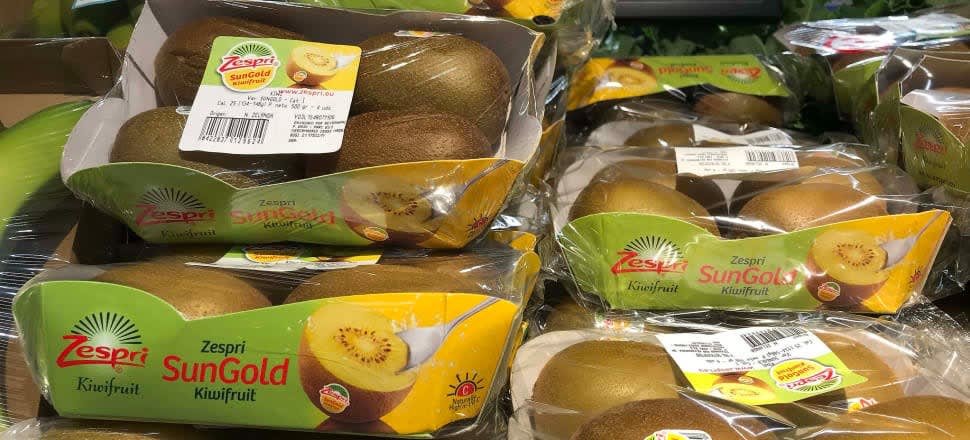
Warmer climates mean greater reliance on a harmful chemical in the process of being banned
The kiwifruit industry’s reliance on a chemical the Environmental Protection Authority is actively looking to ban will increase dramatically as growing regions get warmer.
Zespri released its 'Adapting to Thrive in a Changing Climate' report last week, detailing climate change's impacts and its mitigating actions.
Its growers were already seeing changes, and in the past five years, 10 out of 11 sites across the Bay of Plenty and Gisborne regions showed a reduction in winter chilling hours between May and June.
READ MORE: * Kiwifruit spray under regulatory spotlight * Bay of Plenty could lose kiwifruit crown in warming world * NZ streams teeming with pesticides
In 2017, Te Toko had 410 winter chill hours, which stimulate flower and consequently production. Only 230 hours were recorded in 2022.
Zespri said in areas with warmer winters, hydrogen cyanamide could be sprayed after harvest, mimicking the effect of cooler temperatures to encourage flower production and greater yields.
“As New Zealand’s winters gradually warm, hydrogen cyanamide (or any future alternatives) will be an important tool for growers to adapt to climate change,” the report said.
It is already used in the majority of kiwifruit orchards from Northland down to Nelson.
Proposed ban
Hydrogen Cynamide, most commonly used under the name Hi-Cane, is banned for encouraging flowering in Europe (though allowed for biocidal use), and has been under review by the Environmental Protection Authority (EPA) in New Zealand since 2020 with evidence showing it is toxic to mammals, insects and aquatic organisms.
The EPA said initial evidence suggested the economic benefits of hydrogen cyanamide were outweighed by the environmental risks and adverse health effects to the reproductive system and thyroid.
It wants to phase out hydrogen cyanamide over five years, with tighter controls around use taking immediate effect after the final decision.
A phase-out would allow the existing stock to be used up, for growers to get familiar with alternatives, and to introduce additional alternatives to New Zealand.
There are two alternatives approved by the EPA, but they have drawbacks in cost, efficacy and ease of use and are generally not accepted as replacements by industry.
Opposition
In Zespri’s 458-page submission on the proposal, filed in mid-December 2021, it said it “disagrees with and opposes” the ban on the grounds that the risks had been overstated and both the benefits it provides and the negative impacts of its removal had been significantly understated.
It said without intervention it intended to phase out its use once viable alternative products or kiwifruit cultivars capable of flowering in warmer areas, were introduced.
If the EPA went ahead with the ban, Zespri asked for the phase-out period to be extended for 15 years or no fewer than five years after viable alternatives were available.
“Removal of hydrogen cyanamide without a viable alternative or cultivar will have significant adverse impact on the kiwifruit industry, regional development and the New Zealand economy.”
Warming isn’t the only climate issue kiwifruit growers are tangling within New Zealand, severe weather events proving increasingly costly.
In 2020, a hail event in the Tasman region cost the industry $45 million, while in 2021, a severe wind event caused some growers in Ōpōtiki to lose as much as half of their crops.
Earlier this year, flooding caused significant flooding, damage and delay to harvest in kiwifruit orchards in Tairāwhiti, Gisborne.
Kiwifruit growing areas are expected to change in the future, with the north less suited for kiwifruit growth and the central North Island and South Island becoming more suitable.








